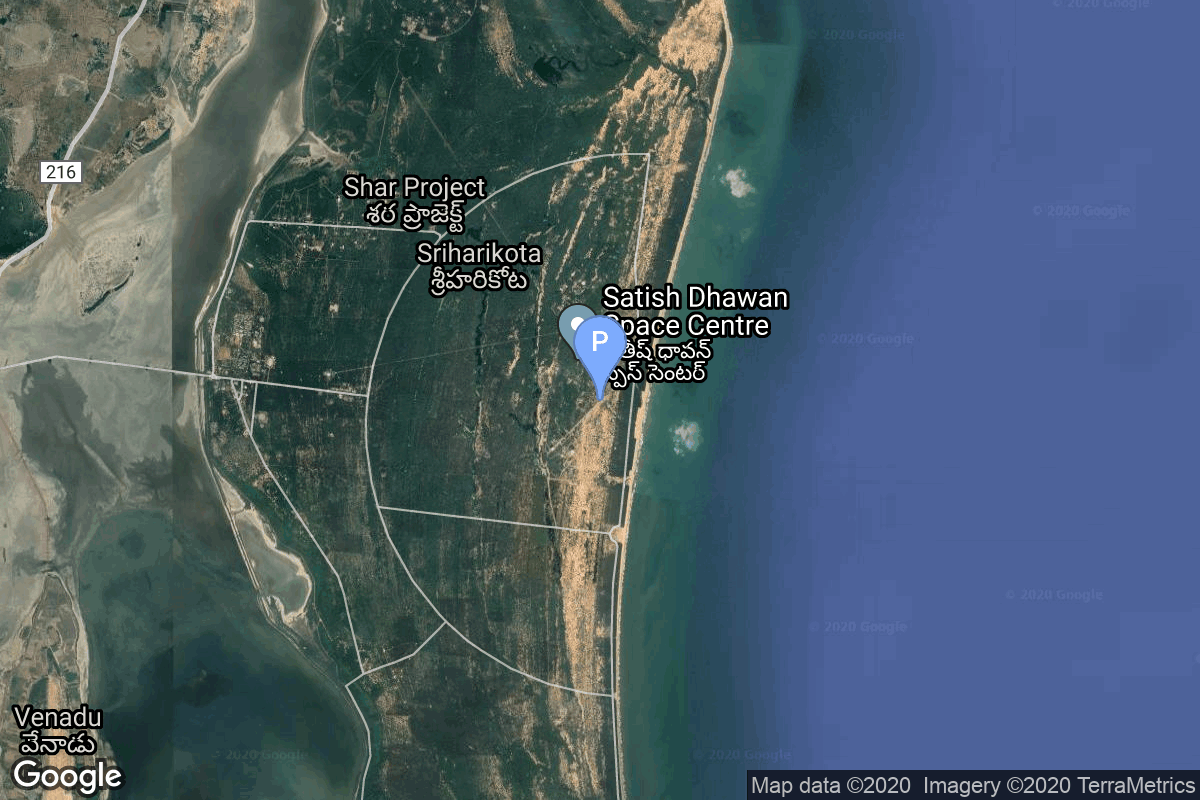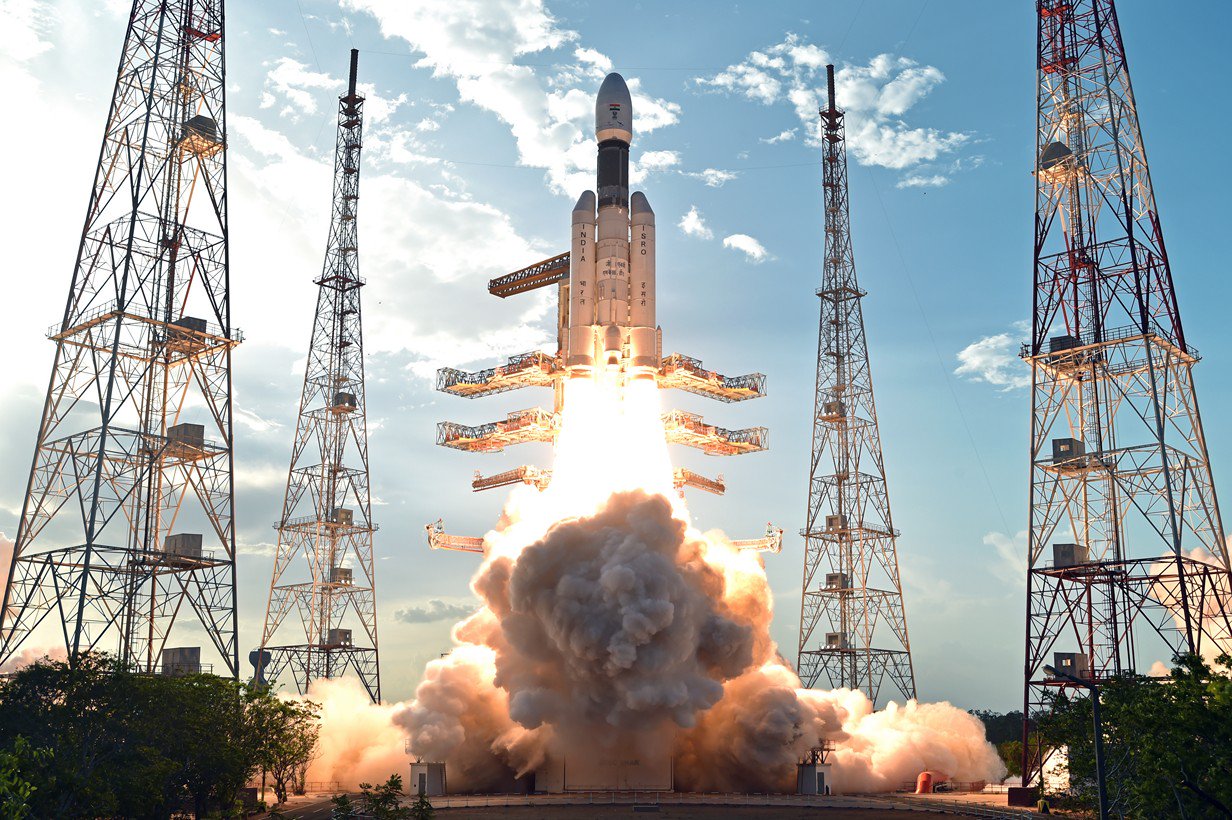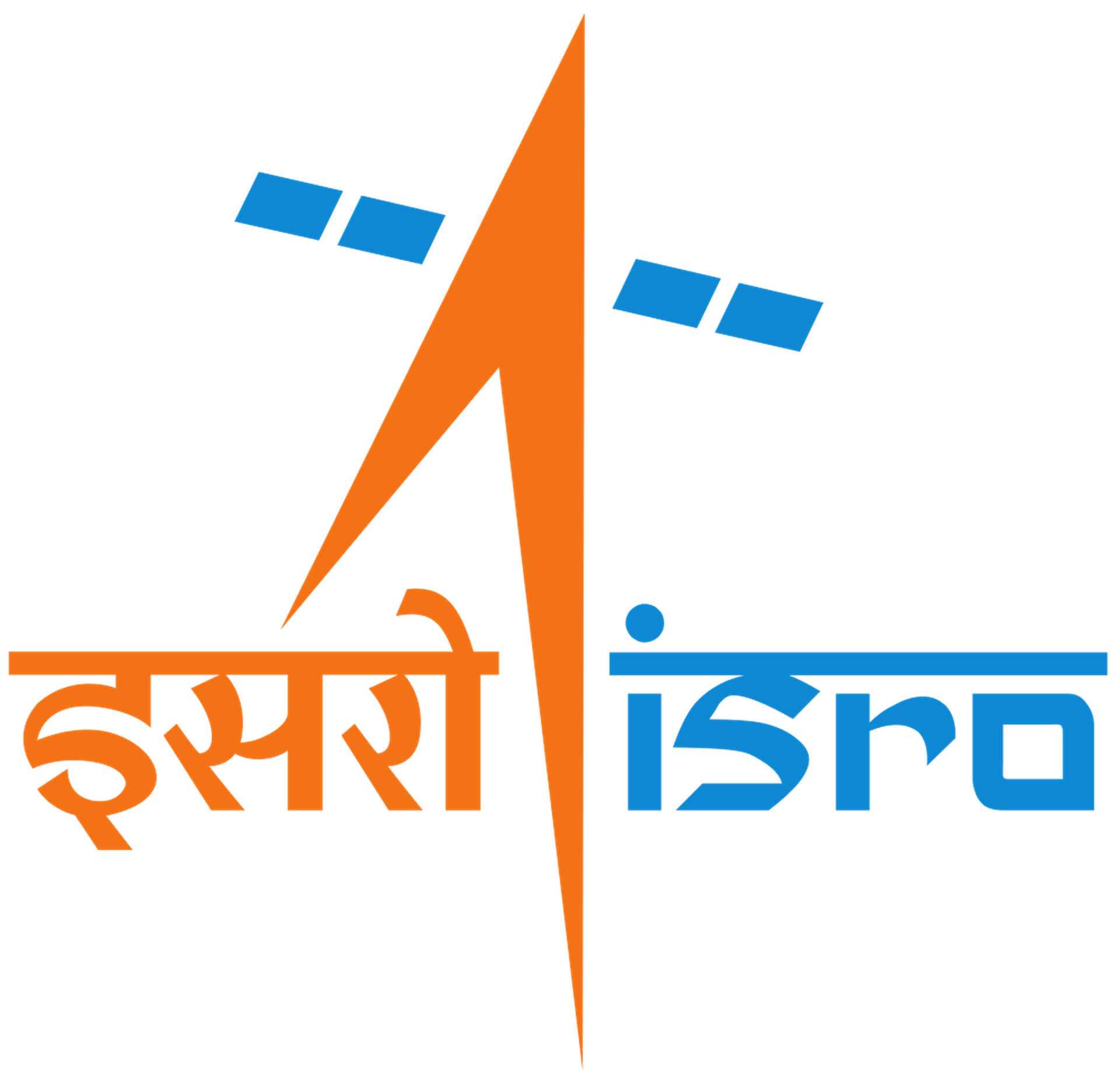GSAT-29
LVM-3
Indian Space Research Organization
Mission
GSAT-29
- Type: Communications
- Orbit: Geostationary Transfer Orbit
- Launch Cost: $46,000,000
GSAT-29 is a geostationary communications satellite developed by ISRO. GSAT-29 carries Ka x Ku multi-beam and optical communication payloads.
Location
Satish Dhawan Space Centre Second Launch Pad
Satish Dhawan Space Centre, India
Satish Dhawan Space Centre Second Launch Pad has witnessed the launch of 28 rockets, including 27 orbital launch attempts, while Satish Dhawan Space Centre, India, has been the site for 94 rocket launches.
Rocket
Indian Space Research Organization Launch Vehicle Mark-3 (GSLV Mk III)
The Launch Vehicle Mark-3 (LVM-3), previously called Geosynchronous Satellite Launch Vehicle Mark III (GSLV Mk III), is a three-stage medium-lift launch vehicle developed by the Indian Space Research Organisation (ISRO). It is designed to launch satellites into geostationary orbit, and is intended as a launch vehicle for crewed missions under the Indian Human Spaceflight Programme.
Agency
Indian Space Research Organization
The Indian Space Research Organisation (ISRO) is the space agency of the Government of India headquartered in the city of Bangalore. Its vision is to “harness space technology for national development while pursuing space science research and planetary exploration.”


